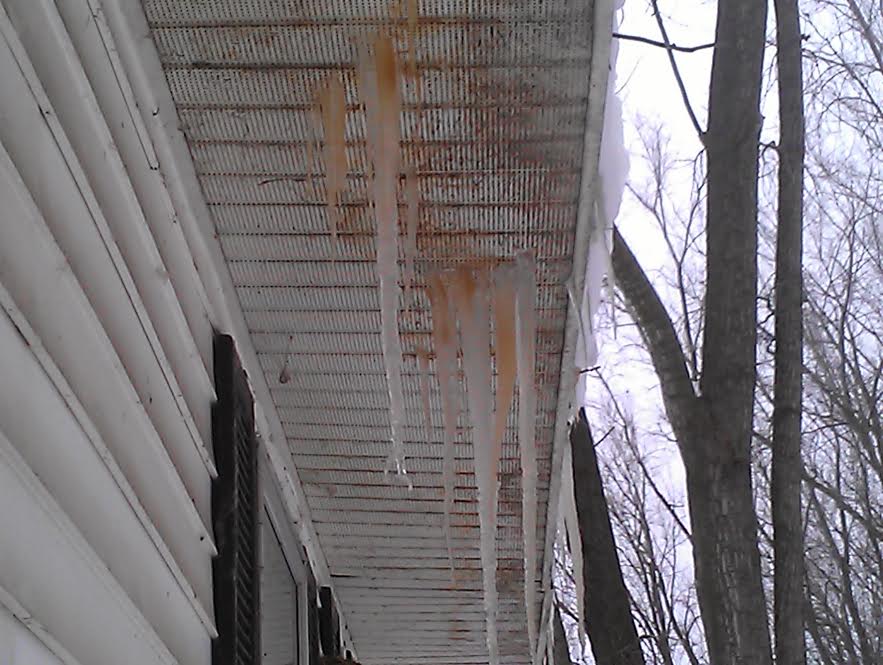Wanting to know “how do I prevent ice dams?” If learning how to prevent ice dams is important to you then you have found the right page. We have put together what we feel is a comprehensive resource to help you prevent ice dams. There are several key factors that contribute to ice dam formation. The main contributing factor to all ice dam formation is always the same, lots of snow! If you need to learn more about how ice dams form. Please visit our Q & A page titled “Why Do Ice Dams Form.”
There are several things you can do to prevent ice dams. The following list should help you prevent ice dams in the future. We will list these things in order of importance as we feel, some things may be more important then others to you and your property. If you have ice dams that form every winter season you should probably focus on the second bullet point below and then go down the list..
How Do I Prevent Ice Dams
After a major snow storm it is very important to make sure most or all of the snow is removed from the roof, especially around the edges, valleys and any vents designed to let heat escape the attic. Even with a perfectly insulated home if the heat vents become smothered the roof will become hot and thus allow snow melt to travel down to the colder edges and freeze. Make sure your insulation is always up to or above the proper R-value code. Over time blown in cellulose or fiberglass insulation will settle and compact and thus loose R-value. It is extremely important to make sure your insulation is up to code or preferably above! With a properly insulated attic, the temperature should be very close to the outside temperature. If your attic temperature is greatly warmer then the outside world you will get ice dams. Make sure your roof is properly vented and thus allowing heat to escape the attic quickly. Sometimes when roofers redo a roof they neglect to consider installing the newest venting requirements. Some roofers opt to eliminate the traditional square heat vents and install a ridge vent. Ridge vents are okay in climates that do not experience extreme snow fall depths but these vents easily become smothered and no longer work perfectly after a major snow fall. The best vents will be the one’s that are the most difficult to suffocate with snow. However there are certain conditions where ridge vents are the best.
Keeping your property at the lowest tolerable temperature will reduce the amount of heat radiated through the ceiling and insulation and thus keep the attic space cooler. Ultimately this will reduce the likely hood that ice dams will form. If you must go on vacation for the winter it is advised that you winterize your home instead of heating it if you cannot have someone checking on your property and maintaining it during heavy snow falls.
Roof heat lines often called heat tape may be required in certain situations such as multiple roofs draining into one location, vaulted ceilings, and attics converted into living spaces.
Acquiring knowledgeable information is the key to prevent ice dam formation. If you are armed with all the right information ice dams do not stand a chance. There are several other key factors when it comes to preventing ice dams, but this list should give you all the ammunition that you need. If you have a special circumstance such as ice dams forming below sky lights please contact us and we will try to help. We have helped many home owners with sky lights prevent ice dams.
Call IDSAFE # 612-460-0474

